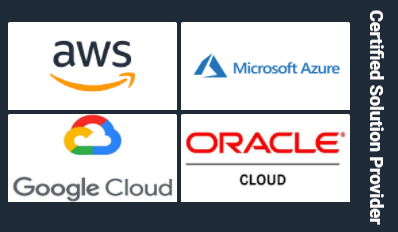What is No-Code and Low-Code?
According to Gartner No-Code and Low-Code will deliver 50% of all software projects in the year 2021. Even if these numbers are inflated, you’d have to be living under a rock to avoid noticing it is gaining traction, and it is gaining traction very, very, very fast. Hence; What exactly is it? Will it steal your job? And why should you even care?
The difference between Low-Code and No-Code
First of all, there is a huge difference between No-Code and Low-Code. No-Code is typically targeting “citizens”, as in people not able to create software systems themselves due to lack of software development skills. No-Code is often referred to as “citizen development” – Implying people without knowledge about programming language and software development theory can create software systems. No-Code is useful for simple customer facing frontends, with some interaction with pre-defined services, and simple database structures. However, we’re a far cry away from being able to deliver complex systems using No-Code, and I am not sure if we will ever reach that point either. Besides, even No-Coders requires low level modules and components to interact with, something typically accomplished by working together with a “real” software developer, churning out these components such that the “citizen” can orchestrate these components together.



